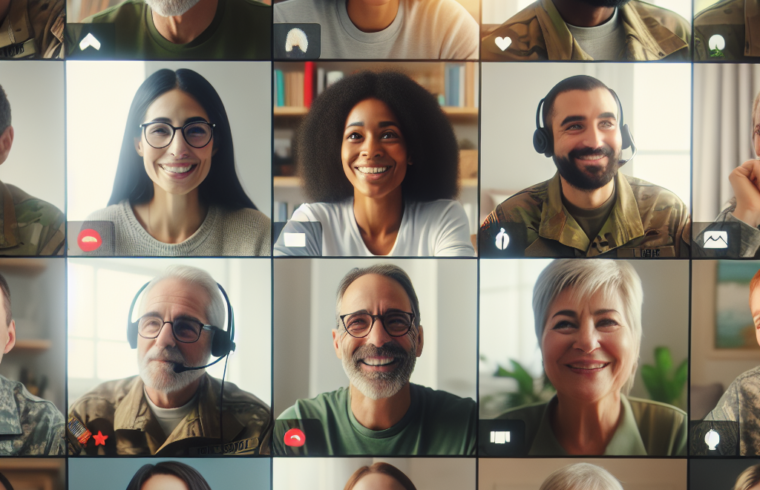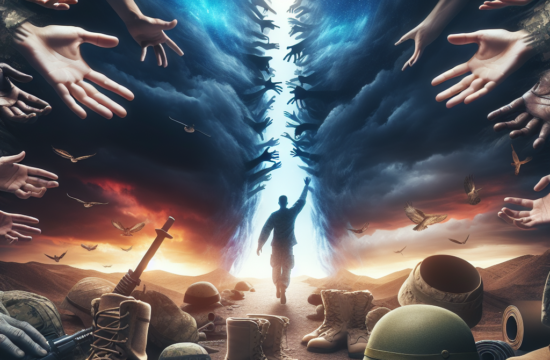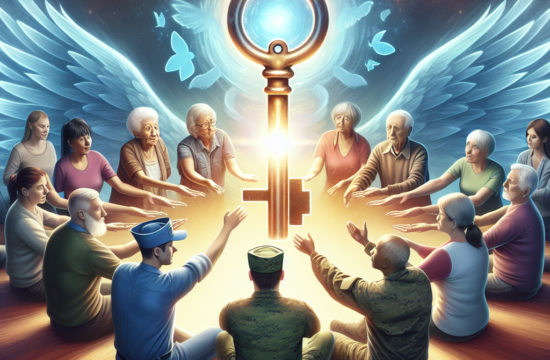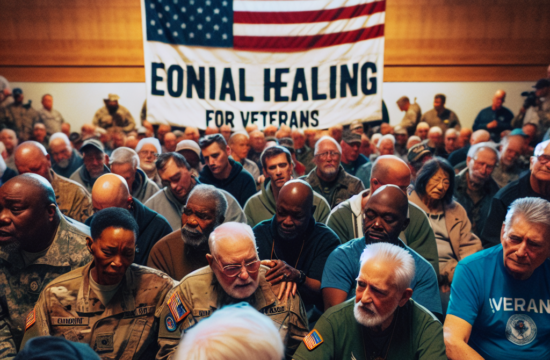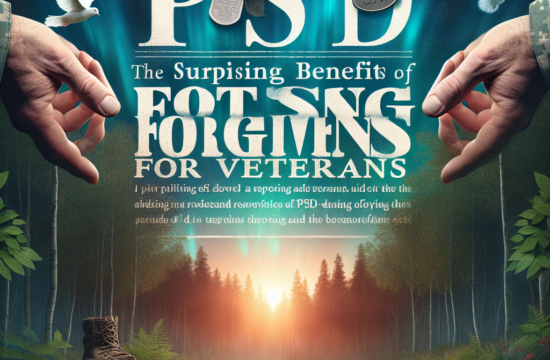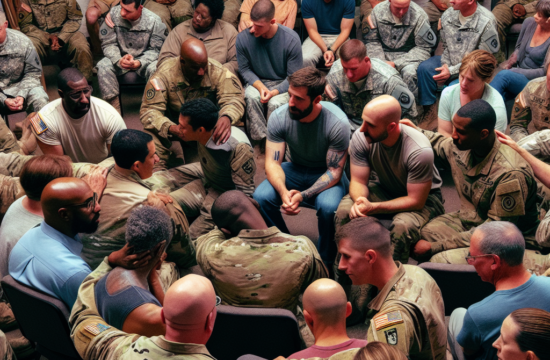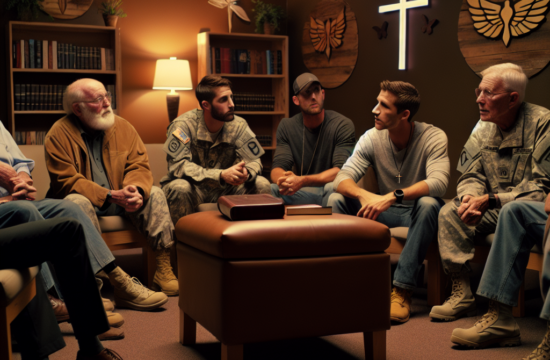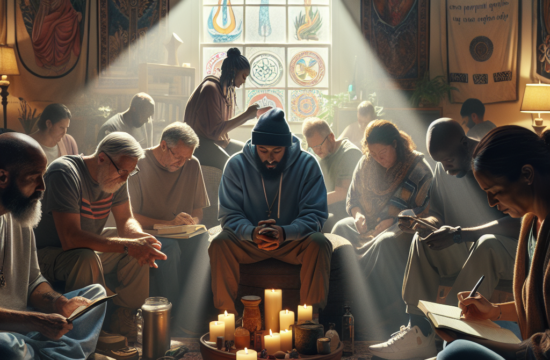==> Thank you for reading this post! Click Here If you are looking for support and Victory over PTSD.
Understanding PTSD and Its Impact
What is PTSD?
PTSD, or Post-Traumatic Stress Disorder, isn’t just a buzzword thrown around; it’s a very real condition that affects many of us, especially veterans. I remember the first time I heard about it—it felt like I was reading my own story. It’s a mental health issue that arises after experiencing or witnessing a traumatic event. For those in combat, this could mean anything from direct enemy engagement to the chaos of warfare.
Symptoms can include flashbacks, nightmares, severe anxiety, and uncontrollable thoughts about the event. It’s not a matter of just “getting over it.” PTSD is something that can take hold and become an ongoing battle, affecting daily life, relationships, and even our work. I’ve felt the weight of it myself at times, and recognizing it is the first step to recovery.
What’s key here is knowing we’re not alone. Many find solace in understanding that countless others experience the same struggles. Getting informed about PTSD has not only helped me deal with my feelings of isolation but also paved the way to finding supportive communities.
How Does Combat PTSD Differ?
Combat-related PTSD has its unique flavors. The intensity of combat, the fear for one’s life, and the loss of comrades all contribute to how veterans process traumatic experiences. I often found myself grappling with memories of my brothers and sisters in arms, questioning decisions I made during those critical moments.
Moreover, the nature of warfare today involves complex situations that can lead to moral injury—when one feels a deep conflict over actions taken or not taken during combat. This aspect can often heighten feelings of guilt and shame, which are common in PTSD. It was vital for me to learn that these feelings are common and talk about them openly.
Finally, it’s essential to highlight that the journey to healing from combat PTSD can differ greatly for each individual. What works for one might not work for another. It was through discussions with others that I understood the varying paths and found tools that were most effective for me.
Identifying Symptoms
Identifying symptoms can be tricky but crucial. In my experience, it often feels like they sneak up on you. Initially, I thought I was just having a bad day, but it became clear that the emotional turbulence was related to PTSD symptoms that I had been ignoring. That’s why it’s so important to stay aware of what we’re feeling.
The common symptoms include intrusive memories, avoidance of reminders, negative changes in mood, and heightened emotional reactions. These symptoms can manifest physically too, with issues like insomnia and changes in appetite making their way into daily life. Being able to articulate these symptoms was a game-changer for me.
I suggest keeping a journal of your feelings and symptoms. Not only does this act as a release, but it also helps in identifying patterns that can assist in treatment discussions. When I first started journaling, it helped me pinpoint specific triggers, which made me feel more in control.
Finding the Right Online Support Group
Researching Options
The internet is a treasure trove of support; that’s for sure! However, it’s essential to sift through the information to find online support groups that fit your specific needs. Initially, I tried a few groups that weren’t quite right for me, which is completely normal!
Start by looking for forums dedicated to combat veterans. Websites like the VA and organizations such as Wounded Warrior Project often have lists of online support resources. It’s worth investing time in finding a group that resonates with you.
As you research, take note of the atmosphere of these groups. Some may feel very clinical, while others might have a warm, inviting vibe. I found that the more personal and empathetic the group felt, the more I was willing to open up and share my experiences.
Evaluating the Community
Once you have a list of potential groups, it’s time to evaluate their community. Are members regularly participating? How do they treat one another? I once joined a group where the energy was negative, and that was a hard pass for me. I needed a supportive and encouraging environment.
One way to gauge the community is to join and observe for a bit. Do they share their stories and offer help? I often found that the more genuine the connections felt, the more valuable I found the group to be. The sharing of diverse experiences has helped me heal in ways I never expected.
Trust your instincts; if a group feels off, don’t hesitate to look for another. The right community is out there, and it often takes a bit of trial and error to find your place.
Engaging with Others
Engagement is where the magic happens! Once you’ve found your group, don’t be shy about jumping in. I remember my first post; I was nervous—but when I hit send, it felt like a huge weight lifted off my shoulders. Sharing my story among those who truly understood made a world of difference.
Be open to both giving and receiving help. You’d be amazed at the connections that can form when members share their experiences and insights. It’s like therapy on a whole other level, knowing others are in your corner, cheering for your progress.
Also, consider scheduling regular check-ins or virtual meet-ups with members. These sessions can establish deeper relationships and foster accountability and support in your healing journey. I found these interactions incredibly beneficial for cultivating a sense of belonging.
Utilizing Resources and Tools
Educational Materials
Once you’re part of a group, make sure to take advantage of the educational resources available. Many online communities share articles, videos, and tools that can help enhance understanding and coping mechanisms for PTSD. I soaked up as much as I could from these materials!
Look for workshops or virtual seminars offered by the group. These sessions can dive deeper into specific topics, such as stress management techniques or recognizing triggers. The more knowledgeable you are, the more capable you feel in facing your challenges.
Consider following reputable mental health organizations on social media too. They often share valuable insights that aren’t confined to group sessions, helping to keep the journey alive beyond your regular interactions.
Get Support and Help with Recovery! Visit us for more Information and Support
Professional Guidance
Online support groups are great, but they complement—not replace—professional help. Many veterans find it beneficial to couple their group experience with therapy. I was lucky to find a therapist who understood the nuances of combat PTSD, making significant strides in my recovery.
When looking for a therapist, consider someone with specific expertise in trauma or military issues. Online therapy services have also popped up, making it easier than ever to connect with experienced professionals. It’s a game-changer!
Professional guidance allows you to process feelings and emotions in a structured way. Many times, the therapists provided me with strategies that I could take back to my support group, fostering even richer discussions. It’s a synergistic approach that has really worked wonders for me.
Tools to Cope
Tools for coping can range from mindfulness apps to exercises that promote physical well-being. I found deep breathing exercises to be transformational in managing anxiety, and plenty of my group members shared similar experiences.
Explore meditation or yoga sessions online. There’s a sense of peace that comes with these practices, which can weave beautifully into our healing journeys. Integrating these techniques into my daily life offered a powerful outlet to reset my mind.
Also, don’t underestimate the importance of a hobby! Whether it’s arts and crafts, writing, or even sports, having that creative outlet can provide relief and joy. Many in my online group have found passion projects to be helpful diversions and recovery tools.
Building a Personal Healing Plan
Setting Goals
Goal setting may sound cliché, but it’s essential in healing. When I started mapping out what I wanted to achieve, however small, it gave me a sense of direction. While some days might feel like a battle, aiming for even a little improvement can lift spirits.
Goals can be daily, weekly, or long-term—like joining a social event or tackling a specific area of my mental health. I found that sharing these goals with my group kept me accountable and motivated. Plus, the cheers from the community felt like an extra boost!
Don’t be afraid to adjust your goals as you go. What matters is progress, not perfection; sometimes, you’ll need to tweak your expectations based on how you feel. It’s all part of the process!
Maintaining Consistency
Consistency can make or break your progress. I learned that carving out scheduled time for self-care or group meetings helped me stay on track. It’s too easy to let life get in the way, but prioritizing these moments is so vital.
I created a weekly routine that includes therapy sessions, group interactions, and personal reflection time. It wasn’t an overnight shift; there were weeks where life happened, and I slipped up. But I found gentle accountability from my group encouraging me to stay engaged.
One tip that worked for me is to get a buddy in your group to check in with regularly. It’s like having someone in your corner, keeping tabs on progress and motivations. Trust me, it can make a world of difference!
Reflecting and Adapting
Finally, take time to reflect on your journey. Journaling and sharing experiences with your support group helped me track my emotional landscape. This reflection allows us to see how far we’ve come and where adjustments may be needed.
Adaptation is crucial as life situations change. Sometimes we undergo a setback, and that’s okay! What matters is to recognize those moments without judgment and understand that recovery isn’t linear. Sharing these insights with others can normalize the experience and create deeper bonds.
Ultimately, the journey is personal. Embrace your path, celebrate your victories, and lean on your community for strength.
FAQs
1. What is PTSD specifically in combat veterans?
PTSD in combat veterans is a mental health condition that can arise following traumatic experiences in warfare. This includes flashbacks, nightmares, and extreme anxiety related to the events experienced while serving.
2. How can I find the right online support group for myself?
Start by researching veteran-focused online communities, checking their vibe, and evaluating how members interact. Don’t hesitate to try a few different groups to see which one feels like the best fit for you.
3. Are online support groups a replacement for therapy?
No, online support groups should complement, not replace, professional therapy. They can provide a safe space to share experiences but should be used alongside professional guidance for optimal support.
4. What are some coping tools I can try?
Some effective coping tools include mindfulness and meditation apps, journaling, physical exercise, and engaging in hobbies that bring joy. Incorporating these into your daily routine can significantly assist in managing symptoms.
5. How do I set realistic goals for my healing journey?
Setting realistic goals involves breaking down aspirations into manageable steps, focusing on progress rather than perfection, and remaining flexible in your expectations. Check in regularly with your support group to keep accountable.

